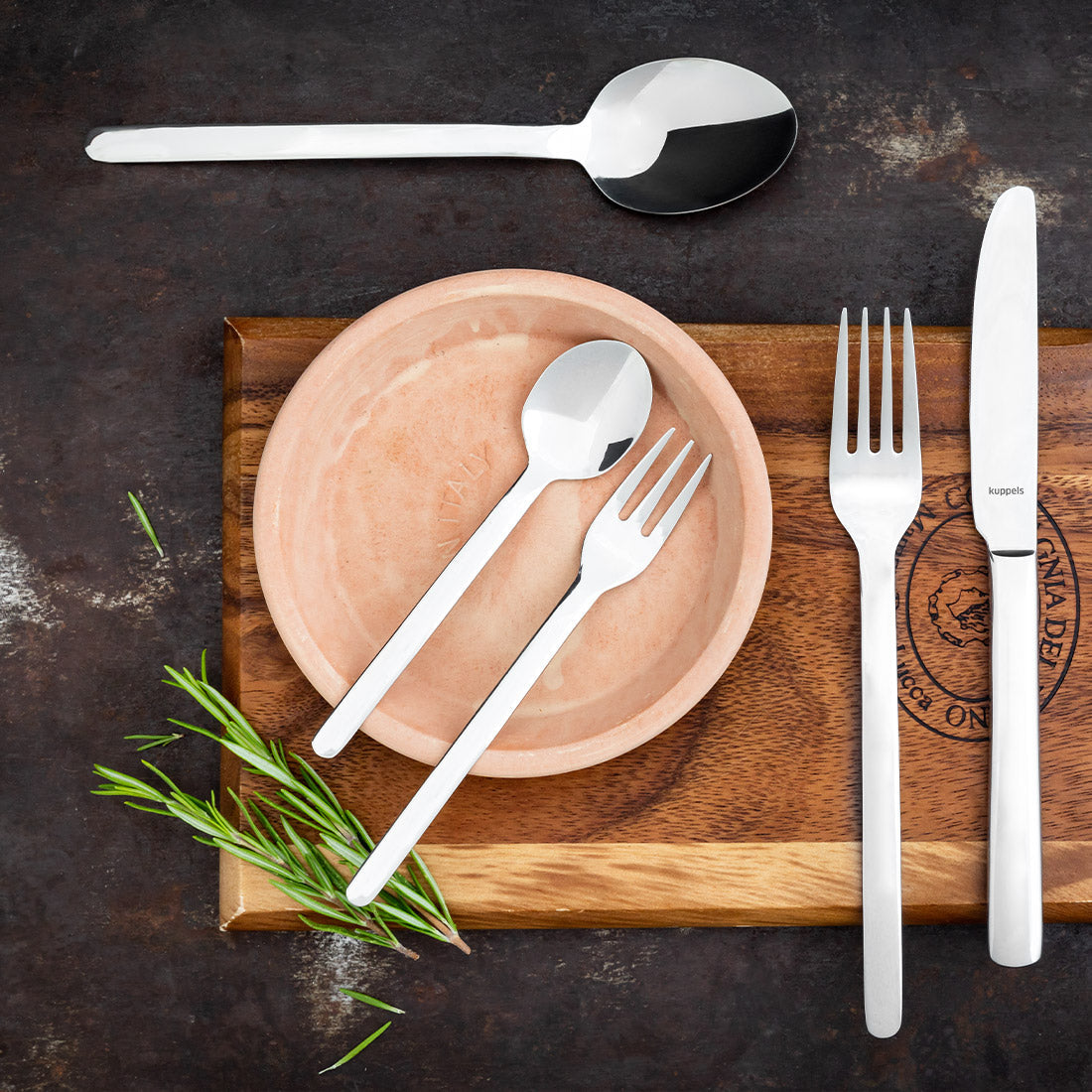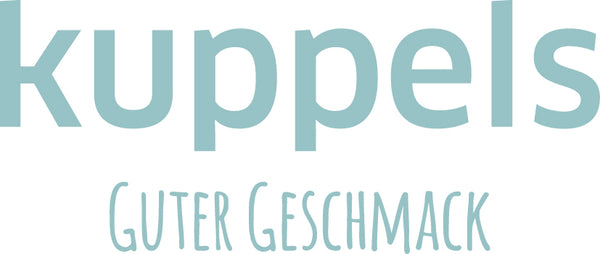
Cutlery language: Let the knife and fork do the talking
Cutlery language: Let the knife and fork do the talking
'8:20 past' or '6:30 past'? What sounds like a sober appointment to the uninitiated can sometimes cause considerable unrest among restaurant service staff. We explain why this is related to how the guest places their cutlery on their plate in our latest blog feature.
Greetings to the kitchen
Not only the Vatican and the Illuminati, but also the restaurant industry has been adept at playing with secret codes for centuries. Don't believe us? Then let's take a look at the history of cutlery language. The first traces of nonverbal communication between guests and waiters via cutlery arrangement can be found as early as the 18th century. At that time, it became increasingly common among the middle classes to enjoy multi-course meals in larger groups. In order to give instructions to the staff as discreetly as possible, rules were developed for a silent dialogue based on the positioning of the knife and fork. These rules continue to apply today, especially in fine dining, and are often explained using the clock symbol.
Once around the clock
8:20
If you want to pause your meal and prevent your plate from being accidentally cleared, position the handles of your knife and fork in a triangle to mark the eight and four o'clock positions.

20 past 4
Have you finished your meal and would like to ask your server to clear the table? Nothing could be easier. Simply position your knife and fork parallel to each other with the handles pointing diagonally downwards to the right at 4:20 o'clock.

5:30 past 6
Did you enjoy your meal and would you like to compliment the kitchen? By placing your cutlery at 7:35, you express your appreciation for the chef's achievements.
8:20
Didn't you enjoy the meal at all? Express your opinion nonverbally by placing your knife and fork in a triangle with the blade crossed and the tines at 7:40 o'clock.
Cross
Ready for the next course? Place your fork vertically and your knife horizontally, crossing your plate, and be prepared for the surprises that await.
20 past 7
If you'd like a second helping and want to continue using your old cutlery, cross your knife and fork in the middle of the plate so that the handles rest on the edge of the plate at the 5 and 7 o'clock positions.
By the way …
...once again, different customs apply in different countries. Here's a look at the cutlery language spoken in the USA, for example:
- I'm taking a break.
- I'm done.
- I'm waiting for the next course.
- The food was tasty.
- The food didn't taste good.
- No-go: Never cross knife and fork diagonally.
